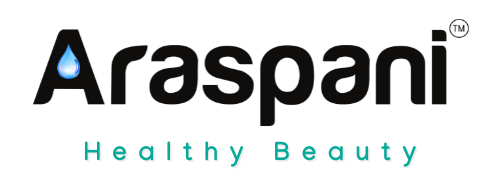Our Remedies:

Understanding Corn Formation: Causes, Treatment, and Prevention
Corn formation on the skin is a common problem that can be painful and uncomfortable. It is a small area of thickened skin that is often round or cone-shaped, and it can appear on different parts of the body such as the feet, toes, or hands. In this blog, we will explore what causes corn formation on the skin and how to treat and prevent it.
What Causes Corn Formation?
Corn formation is commonly caused by pressure or friction on the skin. This can be due to ill-fitting shoes or footwear, repetitive motions or activities, or deformities of the feet such as bunions or hammer toes. Other factors that can contribute to the formation of corns include:
Age: As we age, our skin becomes thinner and less elastic, making us more susceptible to corn formation.
Genetics: Some people may be more predisposed to developing corns due to their genetic makeup.
Sweat and moisture: Prolonged exposure to sweat and moisture can soften the skin and make it more susceptible to corn formation.
Occupation: People who work in jobs that require them to stand or walk for long periods of time may be at higher risk of developing corns.
Treating Corn Formation
There are several ways to treat corn formation on the skin, including:
Wearing proper footwear: Wear shoes that fit well and provide adequate support. Avoid wearing shoes that are too tight or too loose.
Padding: Use padding or cushions to protect the corn and reduce pressure and friction.
Moisturizing: Use moisturizers or creams to keep the skin soft and reduce the risk of corn formation.
Salicylic acid: Over-the-counter salicylic acid patches or solutions can help to soften and remove the thickened skin.
Medical treatment: For more severe or persistent corns, medical treatment such as debridement or prescription creams may be necessary.
Preventing Corn Formation
Preventing corn formation on the skin involves taking measures to reduce pressure and friction on the affected area. Some effective strategies include:
Wearing the right shoes: Wear shoes that fit well and provide adequate support. Avoid wearing shoes that are too tight or too loose.
Use cushioning: Use cushioning or padding to reduce pressure and friction on the affected area.
Take breaks: Take breaks from activities that put pressure on your feet or hands, and rest when needed.
Keep your feet dry: Keep your feet dry and clean to reduce the risk of sweat and moisture buildup.
Regular check-ups: Regularly check your feet and hands for any signs of corn formation, and seek medical attention if necessary.
Conclusion
Corn formation on the skin can be a painful and uncomfortable condition, but it can be treated and prevented with proper care and attention. By wearing proper footwear, using padding and moisturizing, seeking medical treatment when necessary, and taking measures to reduce pressure and friction, you can keep your skin healthy and free from corns. If you have concerns about corn formation on your skin, speak to your healthcare provider or a dermatologist to get the treatment and advice you need.
